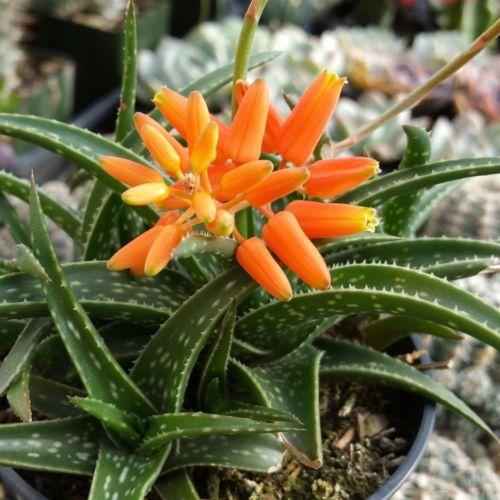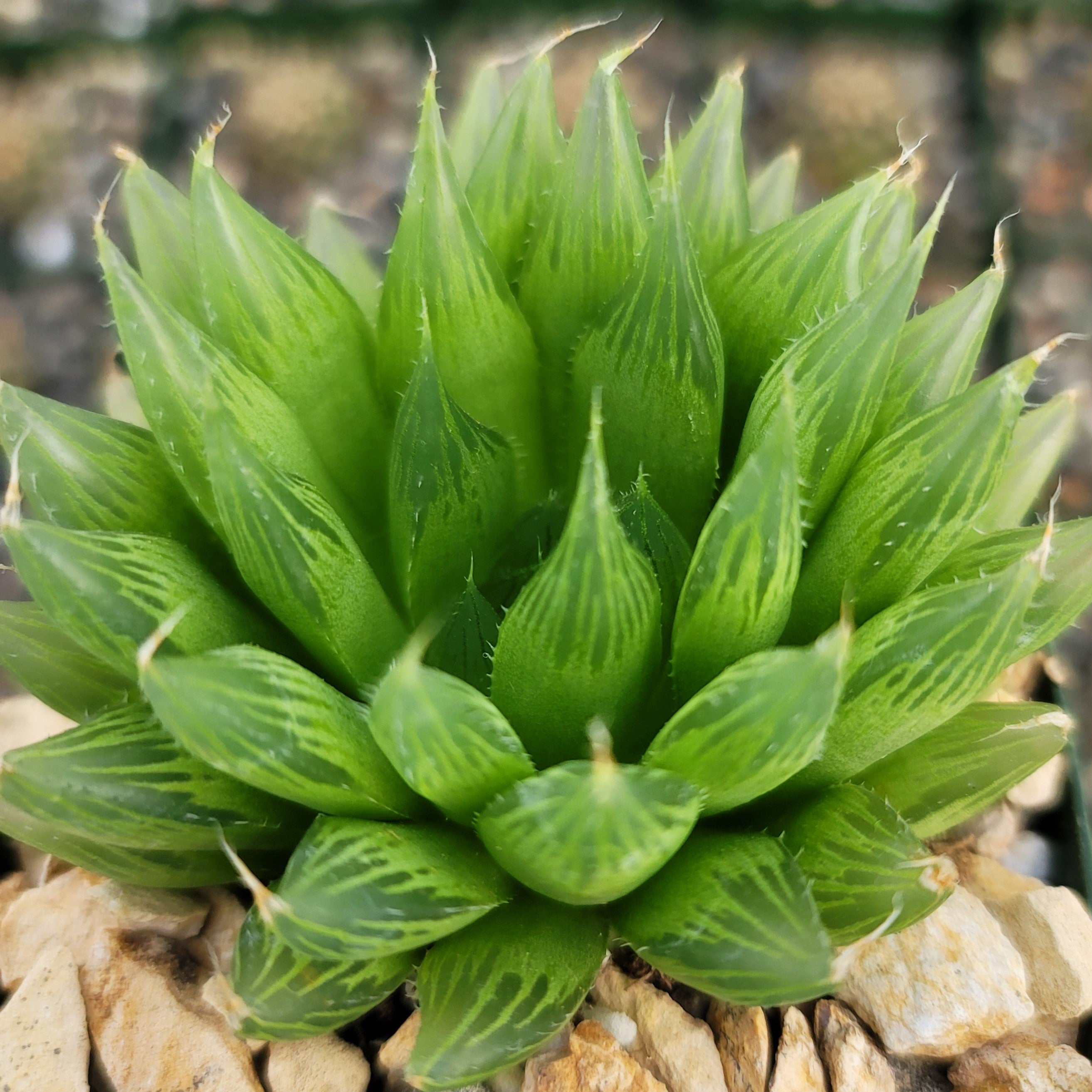How Much Light
Updated: January 28, 2025

Many people new to succulents and cacti get tripped up on how much light to give their new plant. It's easy to think, "Oh, it's a desert plant, I'll just give it tons of light!" Or conversely, one might be skeptical about how much light a succulent can really handle.
When you take into account the different qualities of light it can be downright confusing!
So we're gonna break it down into the simplest terms. We'll even teach you how to get those beautiful colors succulents are so well known for!
How Much Light
As a general rule, succulents and cacti need between 10 - 14 hours of light a day.
However, there are a lot of factors that influence the amount of light you should give! How strong is the light? Is it artificial or natural? Is it direct or indirect light?
At the very least, you should know whether or not your succulent likes full sun, full shade, or if it's somewhere in between. If you're not sure, you can assume it is a full-sun plant. Most succulents and cacti are!
Have you ever wondered why you can't just leave the lights on 24 hours a day? That would mean it never stops growing, right?
Well... not quite. Much like people, plants need rest too! This is especially true for desert plants. They use a special form of photosynthesis called CAM photosynthesis. Unlike most plants, they actually only make their plant food at night. Without the darkness, they would starve!
Etiolation
Etiolation is the technical term for when a plant starts "stretching" or getting "leggy". It can happen to any kind of plant, but it's especially noticeable in succulents and cacti since they tend to be so compact.
It's not hard to guess why etiolation occurs - the plant doesn't have enough light! They react by growing quickly (and spindly) towards where they think the light is. During etiolated growth, they reduce the number of leaves they grow. Sometimes they just don't grow any at all!
It's important to know that etiolated growth does not mean a plant is unhealthy. Sure, it wants more light but it's probably not in any danger of dying.
The only actual problem with etiolation is that it makes your succulent look ugly. And, unfortunately, it's not reversible. Once a plant is etiolated it's like that forever.
The only recourse you have is to cut off the etiolated section. In many cases, the succulent or cactus will resume growth after the wound has healed. It can make for some pretty interesting results! Most of the time, you can stick the cut-off section in some dirt and it'll grow too!
Sun-Stress or Sun-Blush
This is one of the coolest parts about succulents and cacti: they can change colors! Well, most of them can, anyway.
You've seen all those gorgeous plants on Instagram and Pinterest that come in vivid shades of purple, blue, and orange. Heck, that's probably what got you into succulents in the first place! Who wouldn't want that kind of color in their life?
But then you bought some of the plants online and they were plain old green when they arrived! Or maybe they were brilliantly-colored for a while and then they slowly faded over a few weeks. What gives??
Those vivacious colors are a result of the plant being exposed to intense light. It's actually a defense mechanism for the succulent to protect itself from being burned! Don't worry though - a succulent or cactus that is displaying those colors isn't being harmed. Quite the opposite, in fact, it usually means they're getting the perfect amount of sun!
It's entirely possible to give a succulent the requisite 12 or so hours of light a day without those colors ever showing up. The key to getting your plants sun-stressed is to give them intense light.
That's kind of an ambiguous term, yeah, but here is an example of intense light. Morning to noon sun is much stronger than afternoon sun. Plants in a south-facing window will get light all day, including the morning, and are much more likely to get their sun-blush colors.
While it's easy to accomplish with the sun, it's a bit more difficult to stress your plants with artificial light. One of the components of intense light is UV light, which is rarely included in the spectrum emitted by lightbulbs. If it were, we'd get sunburns in our own home!
Grow Lights
For people that live in a region that experiences cold winters, it won't be possible to keep your plants outside all year. When the temperature drops to about 50 degrees F, it's time to take your plants inside.
While windowsills are great for lighting indoor plants, they are a pretty limited resource! You run out of space quickly, especially on prime real estate like south and east windows.
If you keep succulents indoors and away from windows, it'll quickly be clear that you need some supplemental lighting. Otherwise they will become etiolated!
Fortunately, grow lights are pretty easy to find at home improvement stores, and they are not too expensive. There are several options to fit a variety of needs.
First is fluorescent bulbs. They come in both tube and CFL (regular lightbulb) configurations so that you can set up a dedicated space, or just use an existing lamp. If you're getting a tube, go for a one or two footlong T5 bulb - that's the best combination of power and value for a hobbyist. Choose a bulb that has a color temperature of 6000K-6500K, since that most closely emulates the sun.
You can also use LED grow lights. These usually come in tape-strips or CFL bulbs, and sometimes as clip-on gooseneck lamps! LED grow lights are usually a mixture of red and blue LEDs (because those are the wavelengths that plants do most of their photosynthesis with). Choose a product that has a ratio of 3 red to 1 blue.
LEDs are nice because they're very cheap and use very little energy. The downside is that you usually need a lot of them (or a reflecting hood) to get ample light on your succulents and cacti. Fluorescent lights are usually a bit stronger and you can get the "full spectrum" variety that includes UV (so you can get those sweet, sweet colors).
That's all there is to proper lighting for succulents and cacti! Let us know if you have any questions or comments!
























